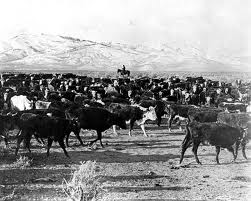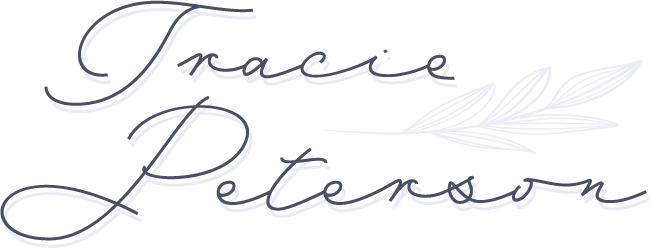Yes, you read that right – I’m researching cattle drives this week. In particular – the cattle drives from Texas to Kansas.
After the Civil War the country was hankering for steak – primarily because the war had made it almost impossible to ship cattle east and especially not south.
A man named McCoy (maybe he’s related to Judith McCoy Miller our dear writing sister??) set up a rail town called Abilene in Kansas. He knew that if he could get the drovers to bring in the cattle, the town would boom. All that was really needed was a railroad and the Kansas Pacific was good to oblige.
Cattle drives are very interesting things. I’ve been talking to local ranch folk and listening to information about drives, as well as reading diary accounts. I have a neat little book that details a cattle drive in 1868 from the perspective of one of the drovers and it’s fascinating.
A common size herd was around 2000-3000 head of cattle – usually fattened steers. They moved them only about 10-12 miles a day and this size herd would stretch out about 2 miles long. The cattle would graze as they went, so you didn’t move them too fast and walk all the fat off of them. At night they were usually so tuckered, they didn’t wander off and could usually be tended by one or two mounted riders.
During the day, however, you had about 15 men for a herd of about 2500. You also had a wrangler who kept the horses. Each mounted drover (or cowboy as we call them now-although that term was quite negative back then)needed anywhere from 5-8 horses so that he could trade out and not ride the same one everyday. The wrangle kept this herd of horses called a remuda and tended their medical needs and shoeing. The wrangler had to be a sort of veterinarian, farrier, jack-of-all-trades.
Of course you had your trail boss and your Cookie. 
The chuckwagon was mighty important because you burned a lot of calories riding from dawn to dusk and dealing with everything from stampedes to Indian encounters. The latter was especially critical as the trails from Texas to Abilene, KS went right through Indian Territory and though most of the Oklahoma villages were peaceful, there were always problems with which to contend.
I got a little tickled with some of the descriptive terms for cattle drive needs. A “hoodlum” wagon carried the bedrolls. “Chuckwagon chicken” was bacon, “Pecos strawberries were beans, “sourdough bullets” were biscuits and cowboy coffee was said to only be strong enough if a horseshoe could actually float in it. Isn’t that fun?
Oh and in Montana – there are still cattle drives.
Interesting times to be sure. On another note – my granddaughter Rainy is still desperately ill and the entire family continues to need your prayers. Thanks for thinking of them.
Tracie


